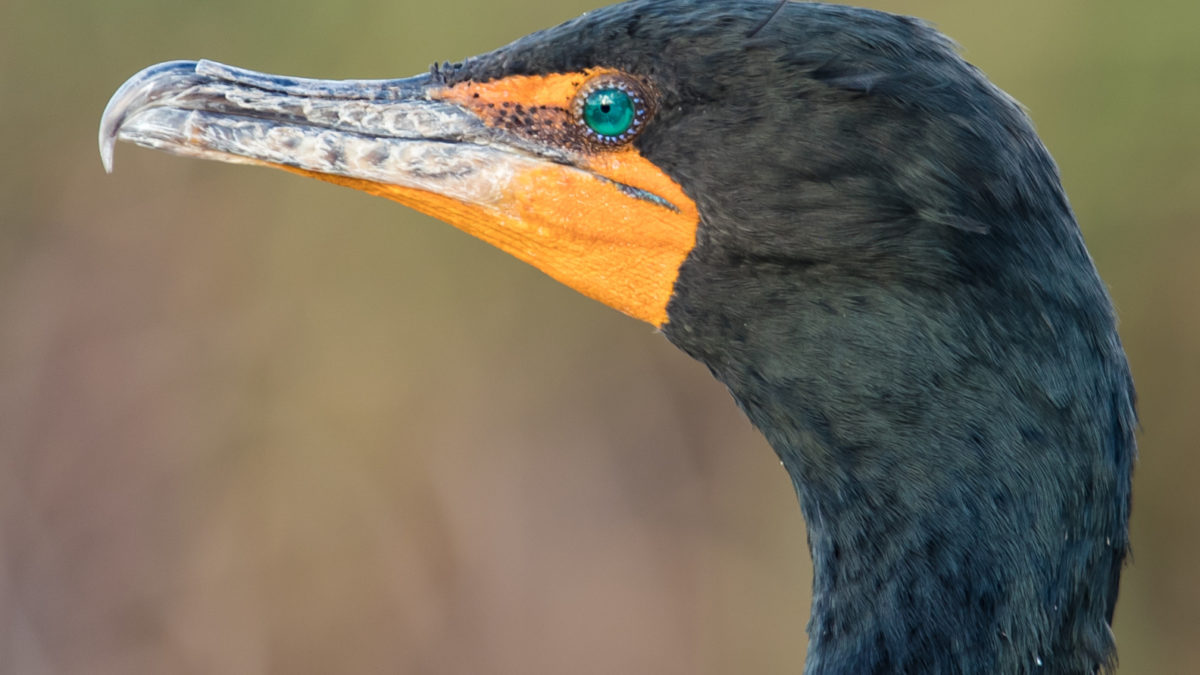Cormorants add colonies but decline in coastal Virginia

Pewee and Bomber
March 30, 2024
Four generations of W&M graduate students collaborate on osprey paper
March 30, 2024By: Bryan Watts
3/31/24
On the 29th of May 1978, Charlie Blem, the ornithologist in the biology department at Virginia Commonwealth University, was checking a cattle egret colony and found 6 double-crested cormorant nests with eggs. The nests were built in shrubs on a wooden barge sunk on a mudflat near Hopewell, Virginia, on the upper James River. This was the first breeding record ever recorded for cormorants within the Chesapeake Bay and broader mid-Atlantic region. CCB has monitored the expansion of the breeding population in coastal Virginia since this event with the last survey being conducted along with the larger colonial waterbird survey during the breeding season of 2023.
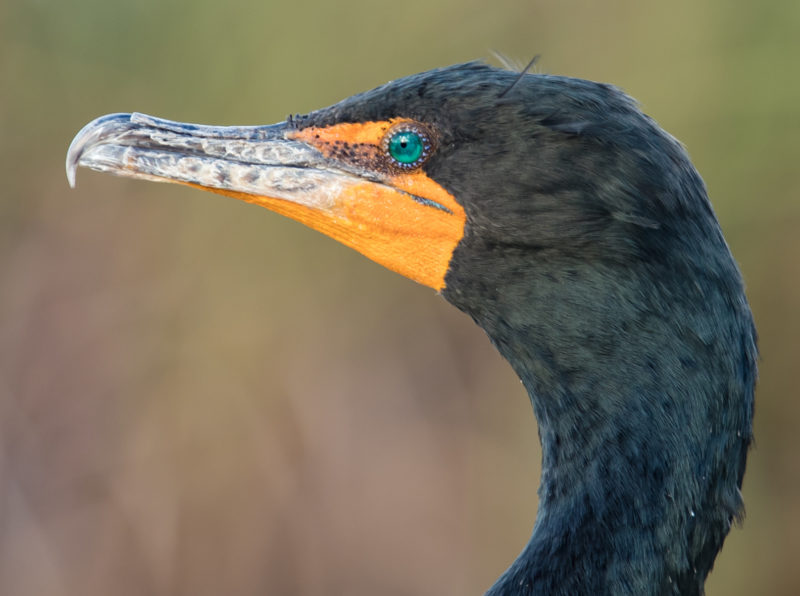
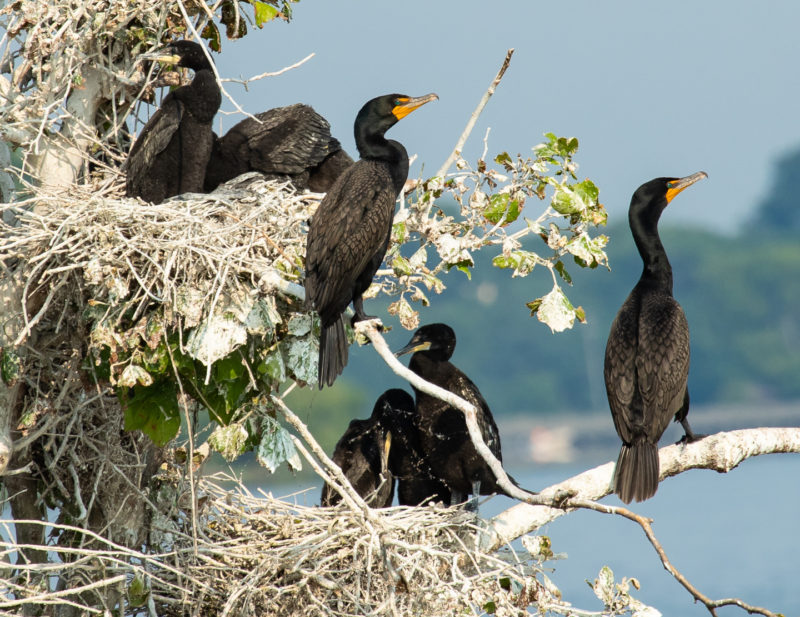
During the 2023 breeding season we documented 2, 952 pairs of double-crested cormorants in 11 colonies. Three new colonies were discovered since the 2018 survey. Although the number of colonies is the highest recorded, the 2023 survey is the first in the series to show a population decline. Following the mid-1980s, the cormorant population increased rapidly in Virginia from 6 breeding pairs to a high of 5,012 in 2018. The 2023 survey marks the first break in the upward trajectory.
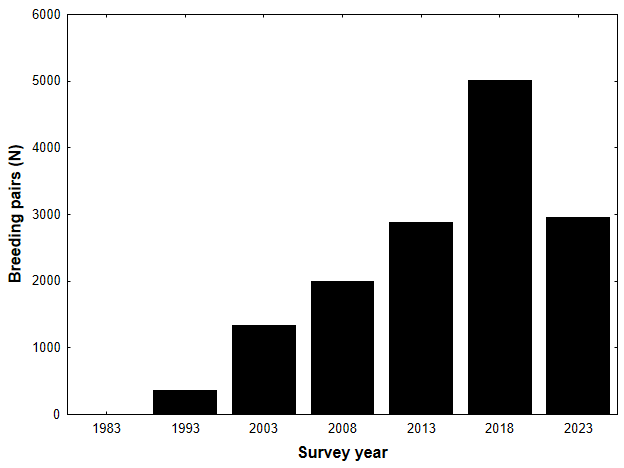
The decline in the Virginia population was due entirely to losses in the Shanks Island colony just north of Tangier. This colony has supported more than 80% of the state population since 2008. The colony was first found in 1993 when the pelican colony was surveyed by Byrd, Watts and Costanzo. The group found 6 nests with eggs in the dunes mixed in with pelican nests. In recent years the high ground supporting both cormorants and pelicans has been eroding away. More than half of the original surface area is now gone.
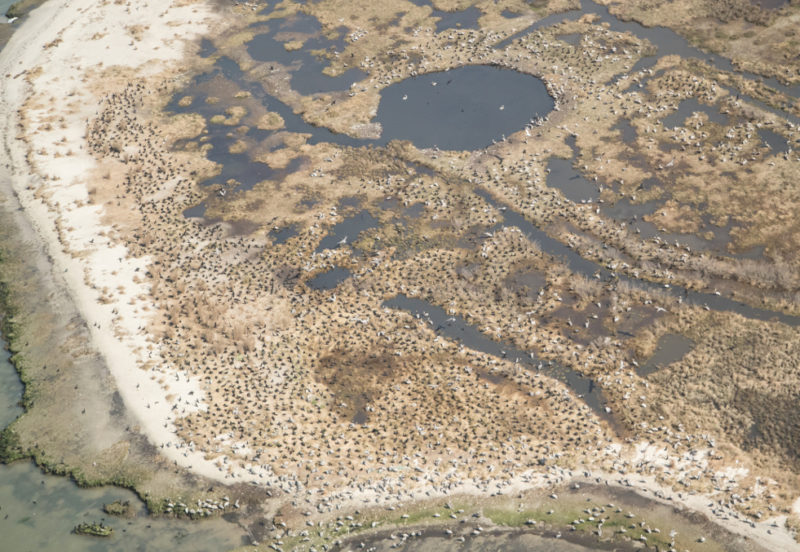
It is unlikely that the decline in Virginia is reflected in the regional population. Birds that have moved out of the Shanks colony due to erosion have likely joined colonies just to the north in Maryland.

